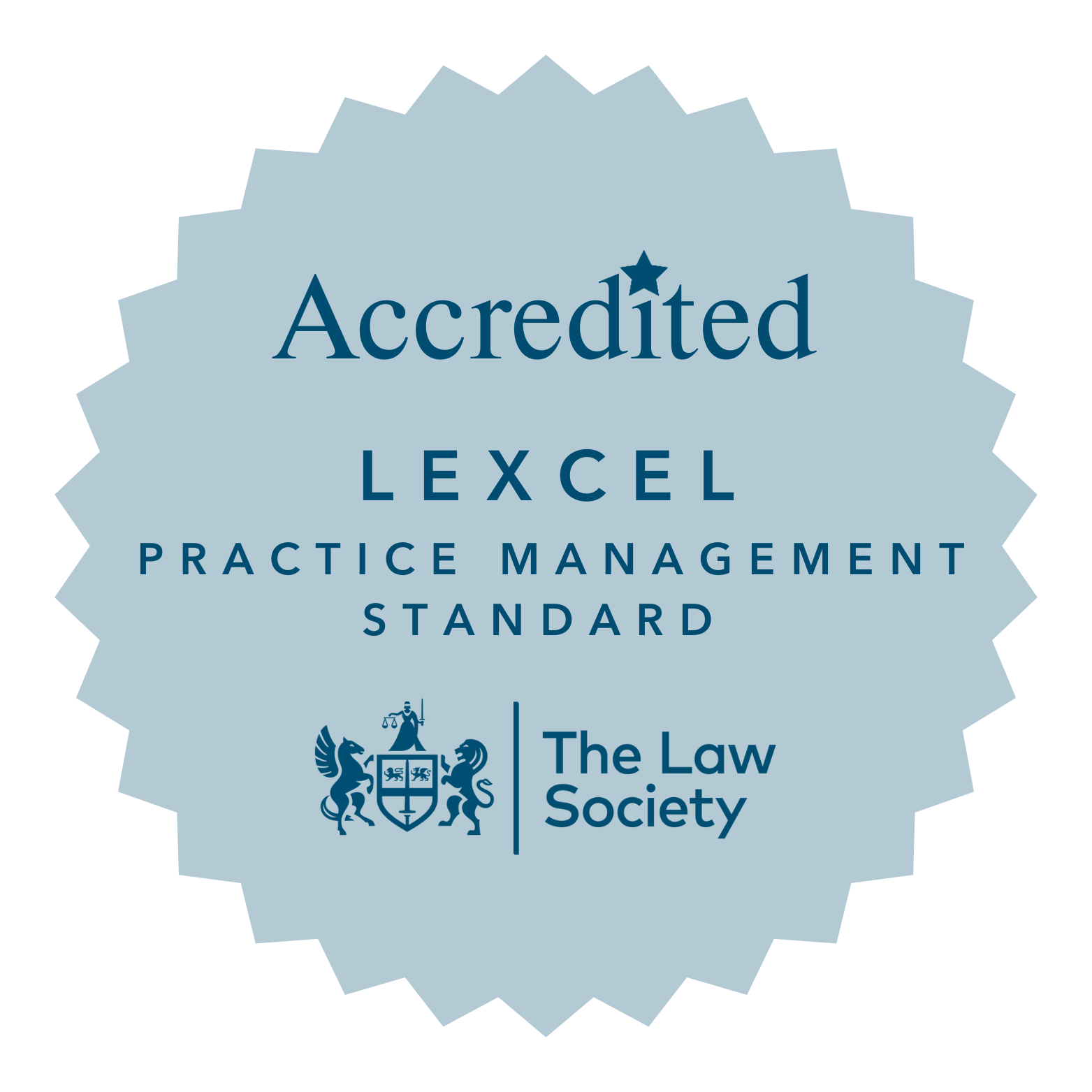Green belt is a specially designated area of countryside protected from most forms of development. It is protected to help stop urban sprawl, preserve the character of existing settlements and encourage development within existing built-up areas.
According to the National Planning Policy Framework, Green belt legislation serves five purposes:
- Checking the unrestricted sprawl of large built-up areas.
- Preventing neighbouring towns from merging into one another.
- Assisting in safeguarding the countryside from encroachment.
- Preserving the setting and special character of historic towns.
- Assisting in urban regeneration, by encouraging the recycling of derelict and other urban land.
Also You Can Read:- Buying Green Belt Land in London
Green belt is distributed across the whole of Greater London. London’s Green Belt makes up 22% of London’s land area.
When the first green belts were introduced in the mid-1950s, the focus and intention was to limit metropolitan growth, stopping towns merging with each other and preserving their character. Leisure and nature conservation were secondary. And as the population of South East England has grown, London’s green belt has been extended in stages to cover more than 500,000 hectares, three times the area of Greater London.
In the post-war period, as inner London lost population, many Londers settled in the new and old towns/villages that surrounded the capital. Since the late 1980s, London has housed a population that has grown by a third, from 6.7 to 8.8 million, within its boundaries.
Despite the housing crisis in London, the Draft London Plan (DLP) rules out any rethinking of green belt policy- now some eighty years old.
Instead it gives a number of justifications for falling in line with the Government’s approach which is to promise a solution to the housing shortage while refusing to update the approach to green belt policy.
Also You Can Read :- UK Business and Visas by Investment
Despite this there are a number of companies around London and the UK offering parcels of Green Belt land for sale. Companies buy up rural land, sub-divide it into plots, and then sell it on to investors on the basis that if planning permission is given their initial investment will see a massive rise.
People considering investing in Green Belt land should be very wary. In almost all cases it is very unlikely that planning permission will be granted at any time in the near future.
How much does it cost to buy green belt land? The cost of the land largely depends on whether it has planning permission or not.
Also You Can Read :- How to Get A Schengen Visa Approval from the Middle East
In some areas, neighbours of land divided into parcels have even bought one and applied for planning permission on it, just to prove it would be turned down. If planning permission were likely to be granted for a piece of land, it is probable developers would have bought it already!
People buying Green Belt land are making a very long-term investment, which is not guaranteed to increase in value by itself and may never receive planning permission. Remember, London still has plentiful and oft-replenished stocks of “brownfield’’ (previously developed) land which until utilized in full is likely to restrict development on the green belt.
Green belt land, as mentioned above, is land that is highly protected and has tight restrictions on it for development. On the other hand, greenfield land is space that has not been built upon before and is most likely used for agriculture or as grassland.
In summary areas that are designated as Green Belt must not be built upon because green belt is defined as an open space, however, that does not mean that no buildings can be erected on green belt land. Green Belt policy is nothing new.
Also you Can Read:- FCA Authorisation for Payment and E-Money Institutions
To find out if a piece of land has planning permission applications pending or granted contact the local authority/district council’s planning offices.


